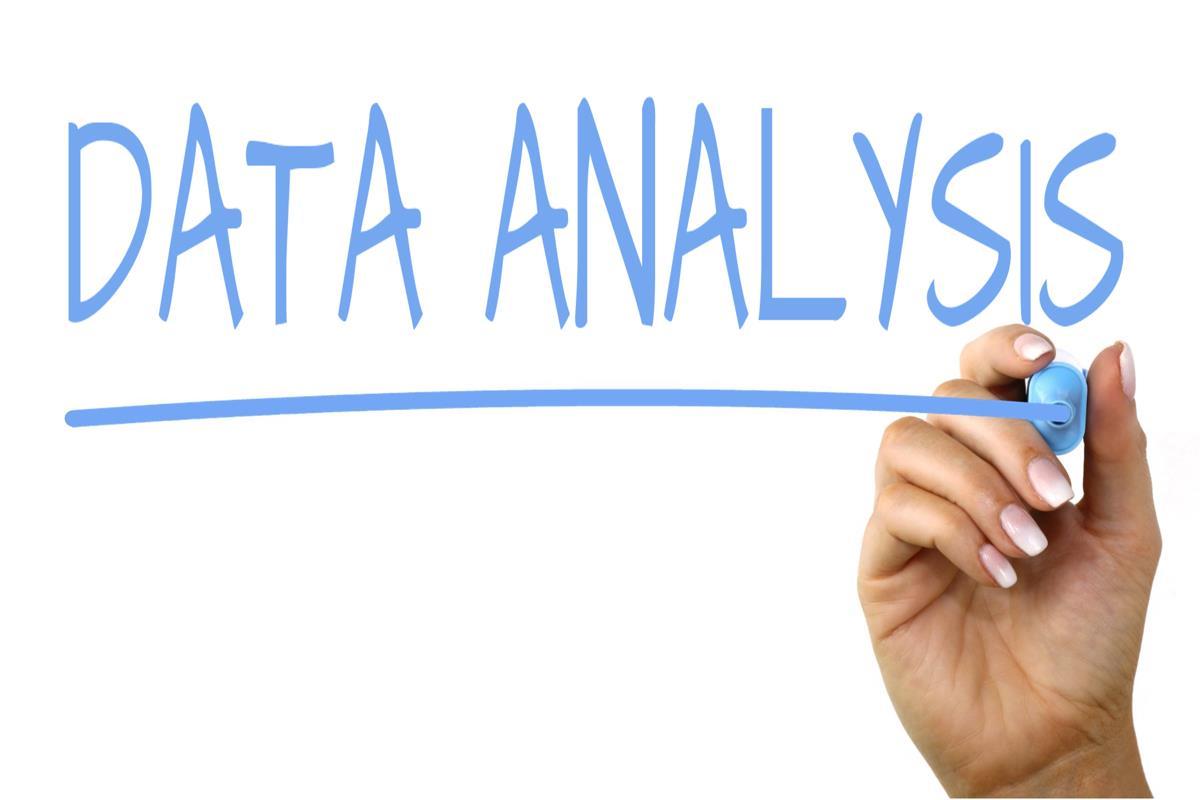Types of Data Analysis
By: TextSpeakPro Editorial Staff
Published: 2024-05-27

In this world increasingly driven by data, data analysis has been an essential compass to guide organizations toward success. In this post, we will dive into the topic comprehensively. You will learn more about the types of data analysis, methods, and practical applications capable of impacting our present and future in a way few technologies have.
Introduction to Data Analysis
Data analysis is a complicated process that includes data gathering, cleansing, transformation, modeling, and interpretation.
It is a science that necessitates technical expertise, conceptual knowledge, and mastery of cutting-edge technology. Everything so that raw data may be transformed into useful insights in our lives, particularly in business.
After all, companies that truly master the topic and its application possibilities, with a data-oriented mindset, can make more assertive decisions with greater potential for growth in the current scenario.
For example, data analysis can be used for businesses to carry out financial performance assessments, identify market and customer behavior trends, and predict risks and demands… And much more!
Types of Data Analysis
Descriptive analysis
Descriptive analysis offers a panoramic data view through graphs, tables, and statistical measurements. It allows us to understand the distribution, central tendencies, and dispersion of data. This is usually the initial phase of analyzing the collected data
Exploratory analysis
Exploratory analysis can be summarized as looking for non-obvious patterns and relationships in the data. Tools such as cluster analysis, heat maps, and scatter plots can help discover insights in this modality.
Specialized software — commonly, Python and R — performs the procedure, which then requires the help of a scientist or data analyst to manage.
Despite being types of data analysis with different objectives, exploratory and descriptive analysis go together in a prior EDA process. They are extremely efficient methods when it comes to raising relevant hypotheses and characteristics in a database.
Inferential analysis
Inferential analysis is used to make inferences about larger populations based on data samples. Hypothesis testing, confidence intervals, and regression help extrapolate results.
Predictive analytics
Predictive analytics applies machine learning techniques to make predictions and identify patterns in historical data. This is a fundamental analysis to anticipate trends, predict demands, and make decisions with greater proactivity.
Prescriptive analytics
This type of analysis uses complex models to recommend future actions, considering different scenarios. It is a valuable strategic tool for resource optimization and planning.
Text and sentiment analysis
Text analysis extracts insights from text documents, while sentiment analysis evaluates expressed emotions. These techniques are used, for example, to understand customer opinions and feedback to improve retention and service, among other important aspects of the business.
Social network analysis
It uses the data provided by platforms — and tools — to understand interactions on social networks. Between individuals, between individuals and companies, etc. It is essential to help us map social dynamics, identify influencers, and monitor trends. It is a very common analysis in digital marketing, a field that has been undergoing constant and rapid revolutions thanks to increasingly accessible and detailed data.
Geospatial analysis
This option integrates data with location information to generate contextual insights. It is commonly applied in urban planning, logistics, epidemiology, and more.
Some methods used in data analysis
Data mining
Data mining uses algorithms to discover complex patterns in large sets of data.
Machine learning
In short, it involves building models that can learn from data and even make decisions.
Advanced Statistics
Advanced statistical techniques, such as analysis of variance, principal components analysis, and time series, offer detailed insights and can be of great use in many types of analysis.
Data visualization
As the name already shows, it creates interactive visual representations to simplify complex concepts.
Natural Language Processing (NLP)
Text analysis, sentiment, and information extraction are explored through NLP techniques.
Practical applications of data analysis in society
Business and Commerce
Data analytics informs marketing choices, sales forecasting, supply chain optimization, and personalization of consumer experiences, to mention a few examples. Because there are so many options, we could create a whole article simply discussing how data analysis may benefit commerce and business.
Science and Research
In scientific research, data analysis is used to confirm hypotheses, assess experiment findings, and uncover patterns in big data sets.
Health and Medicine
Data analytics plays a vital role in medical image analysis, disease prediction, and clinical research.
Government and Public Policies
Data analysis is key to understanding social behavior, allocating resources to the right places, and predicting socioeconomic trends.
Technology and innovation
Data analysis is a vital pillar of technological innovation, fueling the development of products such as autonomous cars, virtual assistants, and smart devices.
Data Analysis Summed Up
Data analysis is an infinitely rich journey, which enables organizations to transform information into solid strategies capable of taking them further. Understanding the different types of analysis, mastering advanced methods, and knowing how to apply insights in practical scenarios are essential steps to making decisions with a positive impact and standing out in a world driven by data.
Therefore, it is important that your company is increasingly competitive and can make the most of the possibilities opened up by modernity in which data is as valuable as oil. To achieve this, it is worth embarking on this journey with determination and embracing data analysis as a powerful tool for exploration, discovery, and innovation.




